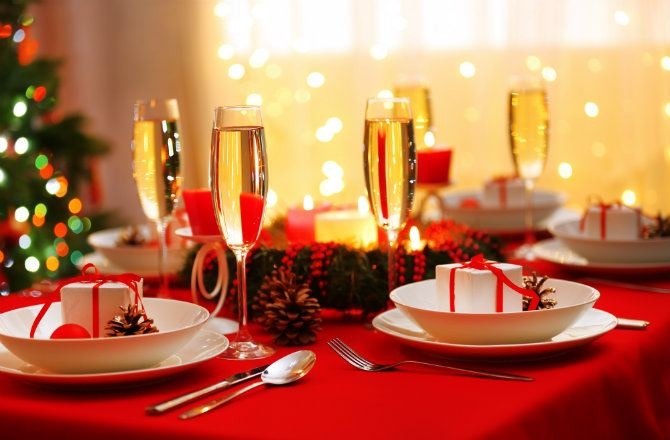A Culinary History Of Christmas
A culinary history of Christmas describes the foods that bring families together for the holiday year after year — not to mention tasty Christmas tree ornaments like the classic candy cane. There are so many food traditions around the season — think cookies for Santa and figgy pudding — all of which make the culinary history of Christmas so rich. We're sharing a few holiday history fun facts below.
Candy Cane
Why are some candies associated with Christmas? Hundreds of years ago, sugar was very expensive, making it a food of the wealthy. For other people, it was a special treat saved for holidays (Christmas and Easter) and other occasions (weddings and christenings). Many of these traditions remain today. — foodtimeline.org
Cookies for Santa
Ever wondered why size-challenged Santa gets cookies to fuel him on his one-night journey? Historians believe the practice began during the Great Depression as a way for parents to encourage generosity in their children. The tradition stuck, and Santa isn't in danger of needing a smaller suit any time soon. — theculinarylife.com
Gingerbread
Gingerbread originated during the Crusades and was originally made by by boiling breadcrumbs with honey and seasoning them heavily with spices. The resulting substance was pressed onto cookie boards (carved slabs of wood with religious designs) and dried. Gingerbread evolved to become more secular and to use more modern ingredients. Eventually, it became associated with Christmas when speculaas (gingerbread cookies) were made into animal and people shapes to be used as holiday decorations. — theculinarylife.com
